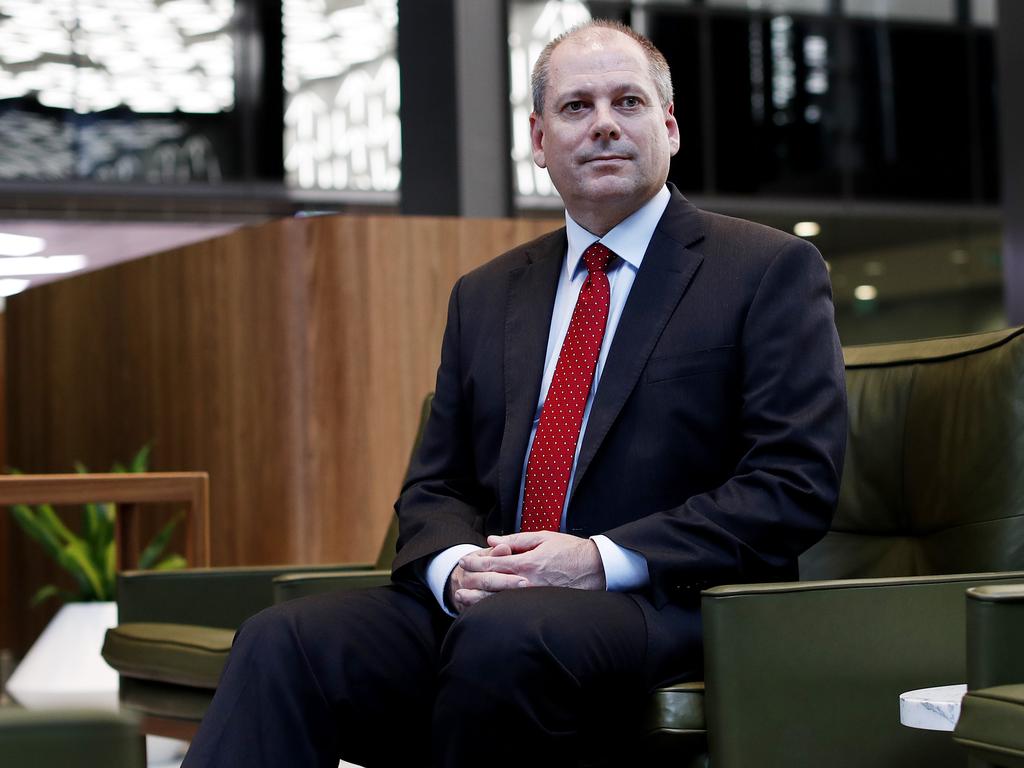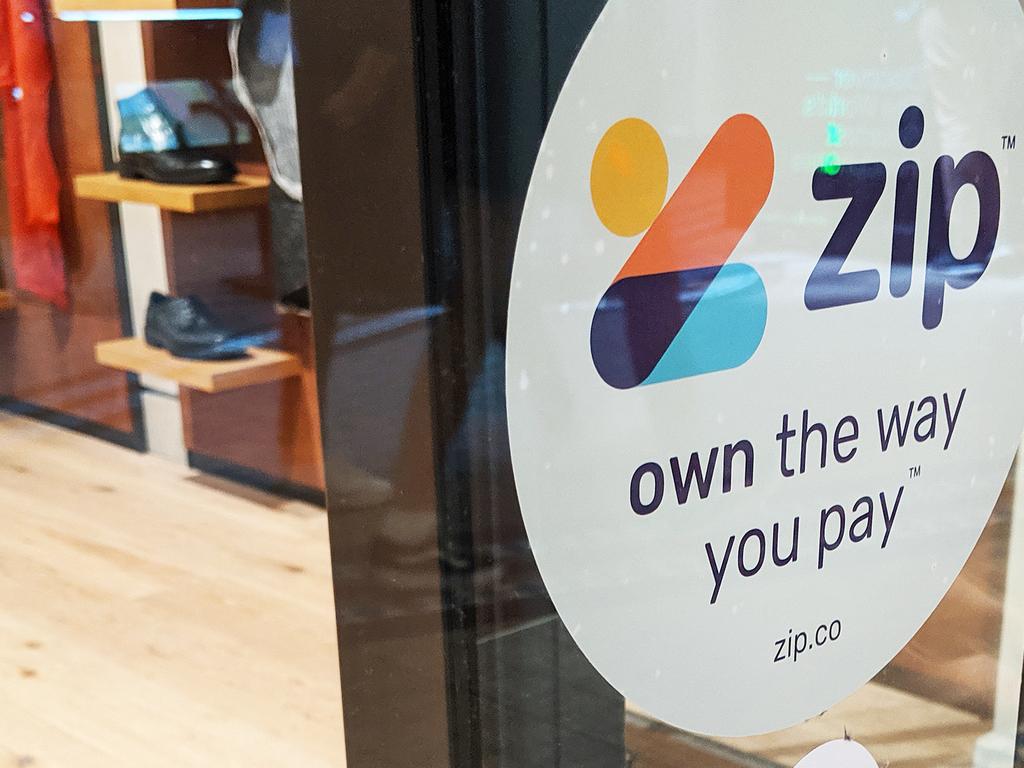Westpac 2020 full year profit falls 62% to $2.6bn
Westpac full-year cash profit slumps 62% to $2.6bn but the bank will restart dividend payments.

Westpac will restart dividend payments for the latter half of its financial year, despite full-year cash earnings tumbling to $2.61bn after taking a hit from a weak operating environment and expected COVID-19 loan losses.
The bank declared a final dividend of 31c per share after not making an interim payment as the pandemic gripped the domestic economy. Westpac‘s cash earnings plunged 62 per cent to $2.61bn for the 12 months ended September 30, as net interest income dipped, the bank said in an ASX statement on Monday.
Analysts were expecting Westpac would post an annual cash profit of $2.66bn.
Excluding notable items, cash earnings fell 34 per cent to $5.2bn, while Westpac’s statutory profit slumped 66 per cent to $2.29bn as the impact of COVID-19, writedowns, a record $1.3bn Austrac penalty and higher customer refunds took their toll.
Westpac chief executive Peter King cautioned of ongoing uncertainty as Australia was enduring a once in a 100-year health and economic crisis.
He said that while Westpac expected economic growth to improve through 2021 and 2022, unemployment would remain elevated for some time.
“We remain in an uncertain economic environment, however the recent budget has provided significant stimulus to businesses and households. Our economists expect at least half the personal tax cuts will be spent and businesses will respond to the generous depreciation allowances,” Mr King added.
He highlighted it had been a challenging year but labelled the Westpac financial results “disappointing”. All of the bank’s divisions - including consumer, business and institutional banking - had lower annual cash earnings. Mortgage lending in the consumer bank fell 2 per cent.
Expenses rose as Westpac spent more to fix compliance issues and navigate COVID-19.
Westpac’s final dividend represents a 49 per cent payout of full-year statutory result.
The most recent guidance from the banking regulator capped dividend payments during COVID-19 to as much as 50 per cent of statutory profit.
Westpac’s shares were trading 1.2 per cent lower at $17.71 in early trading on Monday.
The bank last week warned that second-half cash earnings would take a $1.22bn hit due to writedowns, higher customer compensation payments and a record $1.3bn Austrac penalty.
On Monday, Westpac said it had $16.6bn in Australian home loans on repayment pauses, reflecting 41,000 mortgage accounts. That was down from $54.7bn provided at the height of the pandemic.
The bank has $1.0bn in Australian small business loans on repayment deferrals, reflecting 4,300 customers. That has Reduced from $10.1bn provided.
Stressed exposures as a percentage of total committed exposures rose 71 basis points to 1.91 per cent, compared to 2019, and the amount the bank set aside for expected loan losses swelled by $2.2bn to $6.2bn.
The net interest margin - what Westpac earns on loans minus funding and other costs - fell to 2.03 per cent in the second half from 2.13 per cent six months earlier. Excluding notable items, the second half net interest margin was 2.04 per cent.
Westpac’s common equity tier one capital printed at 11.1 per cent as at September 30, with the bank noting on a pro forma basis it would be 11.2 per cent when the sale of its stake in ASX-listed Zip is included.
The bank has endured intense regulatory scrutiny after it failed to meet its anti money laundering obligations more than 23 million times. Westpac agreed to pay a $1.3bn penalty to Austrac as a result of its compliance shortcomings.
Last week, rival ANZ reported a 42 per cent slump in full year cash earnings and cut its final dividend to 35c a share. ANZ raised full-year loan credit impairment charges to $2.74bn, due to the impact of COVID-19 and the first half impairment of Asian associates.
National Australia Bank reports its annual profits on Thursday.







To join the conversation, please log in. Don't have an account? Register
Join the conversation, you are commenting as Logout